Pediatric Nursing An Introductory Text 11th edition by Debra L. Price – Test Bank
Price: Pediatric Nursing, 11th Edition
Chapter 04: Growing Children and Their Families
Testbank
MULTIPLE CHOICE
1.The nurse clarifies that the ability to localize a gene on a specific chromosome is the technique of:
|
a. |
Gene pooling |
|
b. |
Autosomal pairing |
|
c. |
Gene mapping |
|
d. |
Autosomal identification |
ANS: C
Gene mapping is the localization of genes to a specific chromosome.
DIF: Cognitive Level: Comprehension REF: p. 64 OBJ: 1
TOP: Genetic Counseling and Research KEY: Nursing Process Step: Implementation
MSC: NCLEX: Health Promotion and Maintenance: Growth and Development
2.The nurse explains that at the time of conception a person’s entire array of characteristics are determined by __________ chromosomes.
|
a. |
22 |
|
b. |
23 |
|
c. |
42 |
|
d. |
36 |
ANS: B
Sex and all other characteristics are determined by 23 pairs of chromosomes (22 pairs of autosomes and 1 pair of sex chromosomes).
DIF: Cognitive Level: Knowledge REF: p. 64 OBJ: 1
TOP: Chromosomes KEY: Nursing Process Step: N/A
MSC:NCLEX: N/A
3.Devastated parents ask the nurse why their child has cerebral palsy when they are completely healthy. The nurse replies that the appearance of an inherited trait is the result of:
|
a. |
Two dominant genes for the trait |
|
b. |
One dominant gene and one recessive gene for the trait |
|
c. |
Two recessive genes for the trait |
|
d. |
Heterozygous genes for the trait |
ANS: C
An inherited disorder caused by a recessive trait is caused by two recessive genes. A dominant gene would suppress the recessive gene. Two dominant genes cannot cause a recessive disorder. Heterozygous genes would not carry the trait.
DIF: Cognitive Level: Application REF: p. 64 OBJ: 3
TOP:Heredity and the Developing Child
KEY:Nursing Process Step: Implementation
MSC: NCLEX: Health Promotion and Maintenance: Growth and Development
4.The nurse uses a chart to show the extra 21 chromosome that is the cause of:
|
a. |
Down syndrome |
|
b. |
Sexual determination |
|
c. |
Severe orthopedic deformities |
|
d. |
Cleft lip |
ANS: A
The extra chromosome 21 is the cause of Down syndrome. It is also referred to as trisomy 21.
DIF: Cognitive Level: Application REF: p. 65 OBJ: 3
TOP:Heredity and the Developing Child
KEY:Nursing Process Step: Implementation
MSC: NCLEX: Health Promotion and Maintenance: Growth and Development
5.The nurse explains that omissions and duplications of chromosomes can occur during:
|
a. |
Meiosis |
|
b. |
Translocation |
|
c. |
Mutations |
|
d. |
Metabolism |
ANS: A
Translocation is a problem that can occur during meiosis. Mutations are errors in duplication, rearrangements, or the loss of parts of the DNA code. Metabolism is any physical or chemical change that takes place in the body, and is not limited to the reproduction of cells.
DIF: Cognitive Level: Comprehension REF: p. 66 OBJ: 3
TOP:Heredity and the Developing Child
KEY:Nursing Process Step: Implementation
MSC: NCLEX: Health Promotion and Maintenance: Growth and Development
6.The nurse is teaching a class for new parents. A new mother asks why her infant boy can propel himself with his arms instead of using his legs to crawl. The nurse’s response is based on the understanding that musculoskeletal developmental progression is:
|
a. |
Cephalocaudal |
|
b. |
Random |
|
c. |
Different in males and females |
|
d. |
Focused on large muscles |
ANS: A
Muscular development of infants is both cephalocaudal (head to toe) and proximodistal (in to out).
DIF: Cognitive Level: Analysis REF: p. 67 OBJ: 3
TOP:Characteristics of Growth and Development
KEY:Nursing Process Step: Implementation
MSC: NCLEX: Health Promotion and Maintenance: Growth and Development






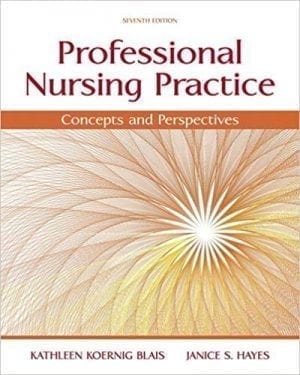
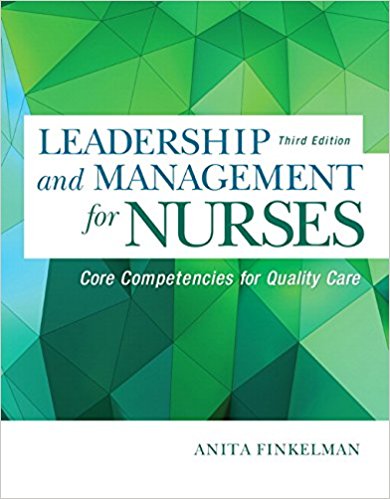
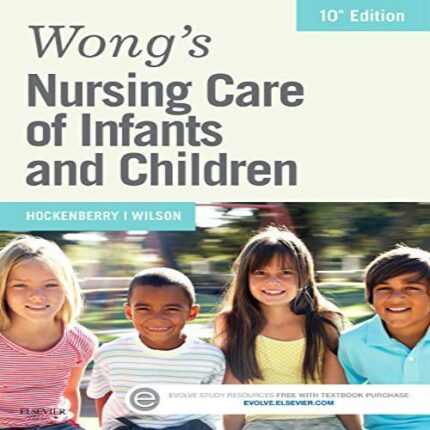

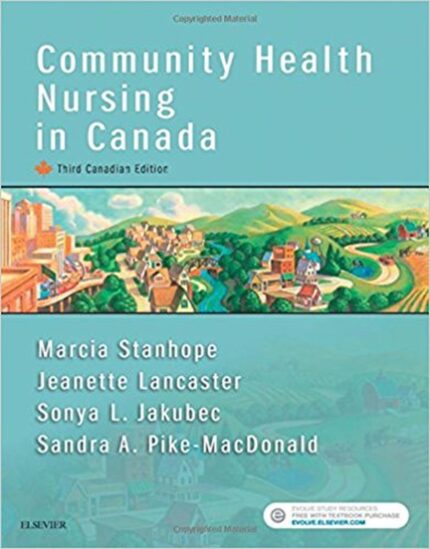
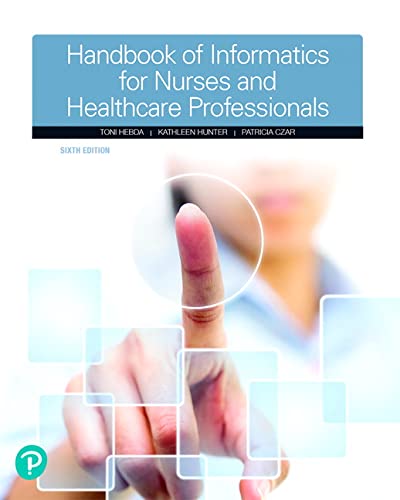
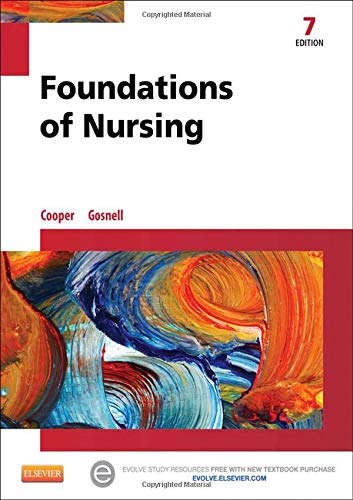

Reviews
There are no reviews yet.